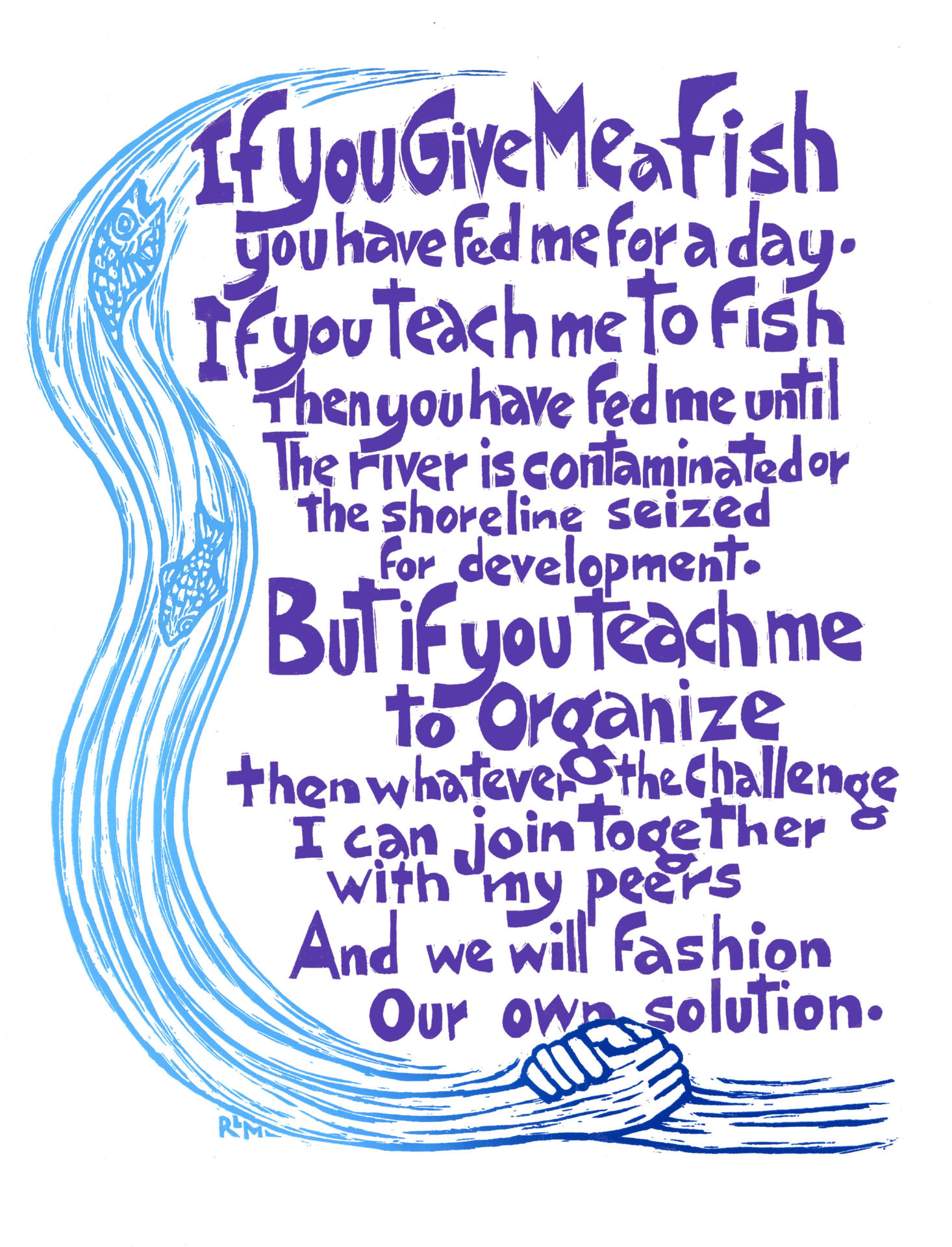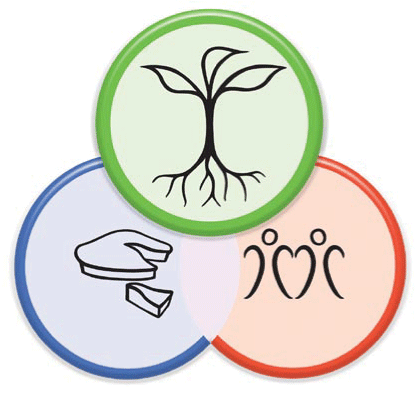
Activate your Resilience Site
DIY Resources for resilience hubs, spaces and blocks
ABOUT RESILIENCE HUBS
CASE STUDIES

Mobilize and organize!
Use the resources below to catalize your resilience hub, space or block.
Download our Resilience Hubs Report.
Download our site assessment tool.
Click here to find resources about resilience hubs on the Urban Sustainability Director Network’s website.
The Five Components of Resilience Hubs, Spaces and Blocks

Resilience Services and Programming:
Services and relationships that build relationships, promote community preparedness, and improve residents’ health and well-being. Examples include garden work days, disaster preparedness workshops and rain water catchment skill shares.

Resilient Communication
Building relationships and respect, communications within and outside the service area during disruption. Examples include ham radios, newsletters, listservs and door-to-door strategies for reaching community members during disasters.

Resilient Buildings and Landscape
Strengthening the resilience of the facility to ensure that it meets operational goals in all conditions, including earthquakes, as demonstrations for climate solutions. Examples include earthquake retrofits, energy efficiency upgrades, greywater and rainwater catchment systems and community gardens.
Resilient Power
Ensuring unintentional power to the facility during a hazard while also improving the cost-effectiveness and sustainability of operations in all three resilience modes. Examples include solar power and battery backup or generators.
Resilient Operations
Ensuring personnel and processes are in place to operate the site year-round and also continue operation during disruption and recovery. Distribution of food and other emergency materials. Examples include distribution of food or disaster preparedness materials, coordination of mutual aid networks etc.
Recommended Steps to Starting a Resilience Hub, Space or Block
The following recommended steps are a compilation from the Urban Sustainability Directors Network’s recommendations and the NorCal Resilience Network. They are intended for sites that have already been selected as resilience hubs, spaces and blocks. Most, but not all, of the recommendations can also be used if developing spaces or blocks (and not full-service hubs).
Establish a site team
- Get to know each other! Build trust and relationships with team members, and come to an understanding about your shared vision.
- Work democratically to choose roles, establish meeting times, & create protocols, including for conflict resolution, and decision-making. Consider studying about sociocracy and other models of decentralized leadership structures.
- Discuss existing and potential strategic partnerships. Strategize which ones you will prioritize, including community groups, local utilities & local government offices/agencies. Discuss approaches to building trust and relationships across sectors and communities, including empathy circles.
Other Resources: sample conflict resolution protocol, Nonprofit Democracy Network, SEEDS Conflict Resolution Center

Coordinate an initial site and neighborhood assessment
- Learn about the various tools to identify community assets, resources, hazards and vulnerabilities: including Cal-Adapt, Cal Enviroscreen and the California Healthy Places Index.
- Do a site assessment using our list of recommended features for resilience hubs.
- Map out your neighborhood for resilience assets and needs, using a Google map or other digital tool.
Other Resources: Neighborhood Empowerment Network, USDN’s site assessment tool is listed on this webpage

Coordinate community visioning sessions, surveys & audits
- Solicit ideas for creative ways to engage with and include a diverse set of community members, including meetings, block parties, movie nights and incentivized surveys. The documentary “The Response” is an especially relevent short film to introduce the concept of resilience hubs.
- Evaluate the recommended five components of resilience hubs: power, operations, communication, programming, and buildings & landscape.
- Do specific analyses to determine the phases and funding for implementing more complex infrastructure, such as solar with battery backup or earthquake retrofits.
Other Resources: Resilient Power Project, Shareable.net (has various how-go guides for building community through events and projects)

Set both short- and long-term goals with community members
- Create a budget for long-term and short-term project goals.
- Prioritize the goals in order of importance and capacity, and identify funding needs.
Implement your first projects based on priorities, funding, and people power.
- We recommend starting with a small project!
- Create MOU’s with partners and local governmental agencies, as needed.
- Invite other nearby resilience hubs, spaces and blocks to your events, to establish relationships and build trust with them.
Other Resources: Templates and tips for creating partnership agreements

Keep up the Momentum!
Maintain (and expand upon) the five components through:
- regular communications and programming
- consistent feedback; and
- ongoing check-ins with community members and local governments.